Promoting harmony: The coexistence of humans and local pollinators
Concerns about the honeybee population have been growing for the past decade, however, bee experts say there should be more focus on the native bee population.
In New York alone, there are more than 415 wild bee species.
Bees serve vital roles in natural ecosystems, emphasized local naturalist Ellen Rathbone.
Nearly 90 percent of flowering plants rely on animal pollinators to reproduce, she said; the economic value of bees is estimated to be tens, if not hundreds, of billions of dollars.
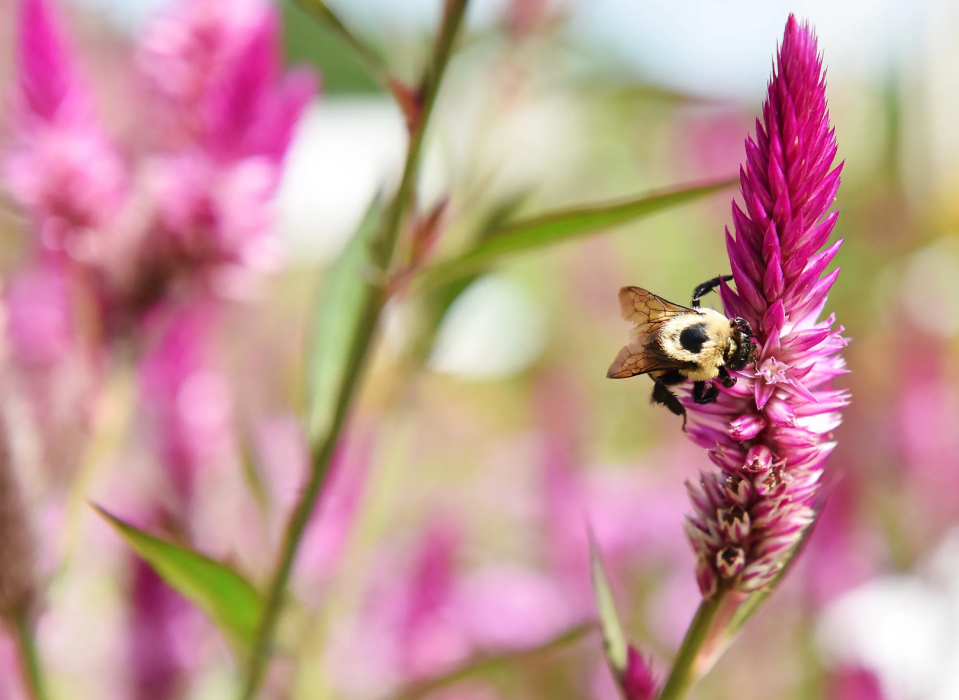
Despite this gravity, the scale of pollinator decline is not well understood.
What the scientific community does know comes from a small selection of local studies and anecdotal evidence from naturalists.
The decline of pollinators is a crisis but hyperlocal researchers with Iphones could be key, hypothesized Rathbone.
With World Bee Day on May 20, she encouraged Mohawk Valley residents to start counting and digitally tracking any and all pollinators that come across their path.
Can smartphones save the bees?
Rathbone described what she calls a “community science project."
Conveniently, she said all that’s needed is curiosity, a mobile device, and the iNaturalist app.
Last year, for the first time, an online forum went live. Locals began snapping photos of pollinators in their natural habitat (backyards, playgrounds, nature trials) and sharing them with millions of users.
According to Rathbone, the goal of the project was to track local bee diversity.
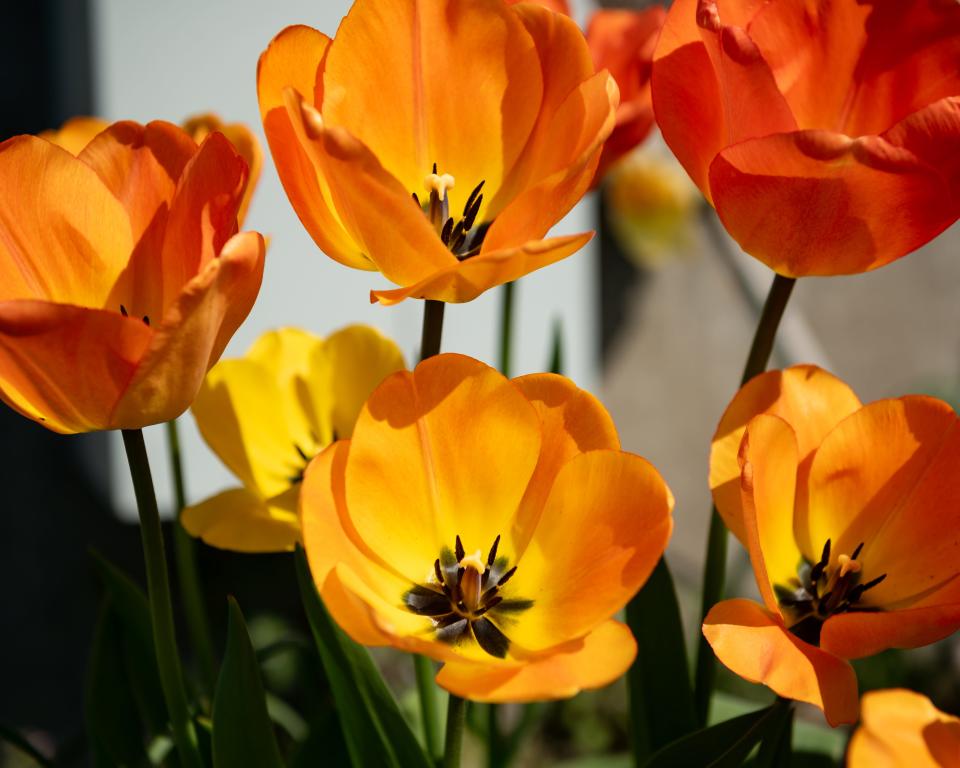
She admitted that while saving the bees may not be as simple as snapping a photo, it's a start.
You don’t need a degree or experience in a lab to participate – all you need is the desire to help out.
B-Team
Input from the app is stored in a database used by local organizations – such as the SUNY College of Environmental Science and Forestry (ESF) Restoration Science Center (RSC) and the Oneida County Cornell Cooperative Extension (CCE) – to create community education programs and trace native pollinator behavior.
The Mohawk Valley B-Team was started by the Friends of Rogers, a nonprofit organization based in Chenango County.
“With the decline of native bees across the county, and a poor understanding of native bee populations in general, we decided it was time for someone to take interest in these important pollinators,” Rathbone said. “This project has helped us figure out who our bee neighbors are and what they’re facing. More eyes on the landscape has allowed researchers to build cases for declining species and determine that some ‘rare’ species are doing better than anticipated.”
Local pollinator report
In the 2023, B-Team report across the nine county radius detected over 200 bee species, including three northern amber bumblebees (B. borealis) which are critically imperiled in New York State.
Bee diversity is a tell-tale sign of a thriving ecosystem, assured Oneida County Cornell Cooperative Extension Master Gardener Volunteer Program Leader Holly Wise.
“Pollinators are important for agricultural crops,” said Wise. “Oftentimes growers have bees trucked in.”
And it’s not cheap, Wise noted.
Beekeepers transport colonies by semi-trucks holding around 400 colonies each; rates vary from $165 to $240 per colony, depending on the amount of bees in the hive.
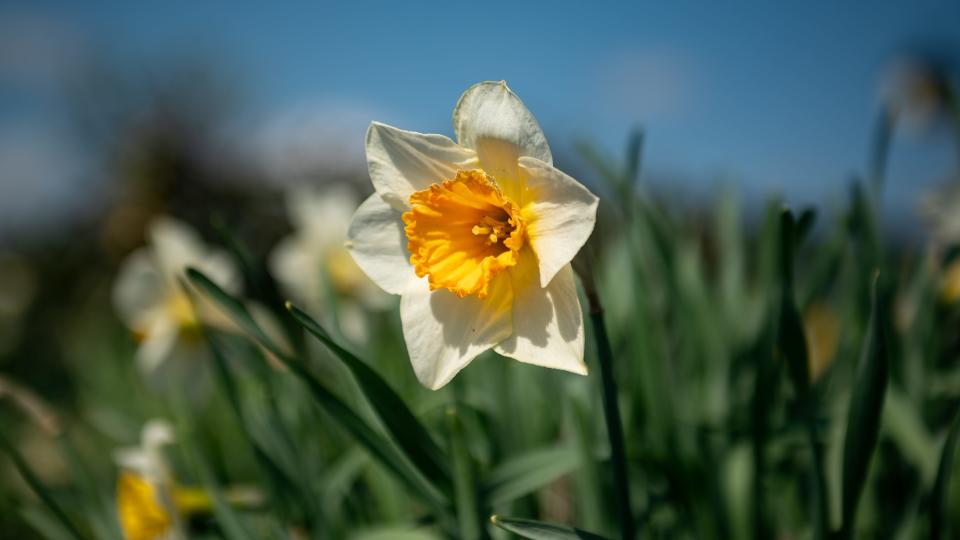
“The retention and enhancement of insect pollinator habitat in our landscapes helps preserve other important elements of biodiversity that contribute to society,” said ESF: SUNY College of Environmental Science and Forestry (ESF) Restoration Science Center (RSC) Research Assistant Sam Quinn. “For example, crop pest predators like wasps protect our food from pests. Thus, many crops that don’t rely on animal pollination still benefit from the wise management of pollinator habitats.”
RSC Pollinator Ecologist Molly Jacobson agreed, regarding bees as “key links in the ecosystem along with soil microbes and moose.”
“It is very important to conserve our native pollinators,” said Jacobson. “Their value to agriculture is underappreciated; they improve crop yield significantly. Honey bees are effective pollinators for crops like cherries, apples, and squashes among others."
"Whereas bumblebees are essential for pollinating blueberries and tomatoes. Additionally, pollinator habitats provide ecosystem services we rely on whether that’s food, carbon sequestration, clean air, nutrient-rich soil for agriculture, or the physical, spiritual, and emotional benefits humans receive from being in nature.”
Debunking No Mow May
As stated by Wise bee lawns – gardens with low-growing flowering plants and turf grasses – are becoming popular.
“Bee lawns provide a source of nectar and pollen for the pollinators,” describe Wise. “Flowers, like white clover and creeping thyme, attract over 50 different species of bees. Plus, it's relatively easy to maintain. You only need to mow the top one-third of the grass … about once every three weeks.”
As we welcome spring with its budding trees and blooming flowers we also welcome lawn mowing season.
Before breaking out the mower, Wise urged, consider letting the grass grow.
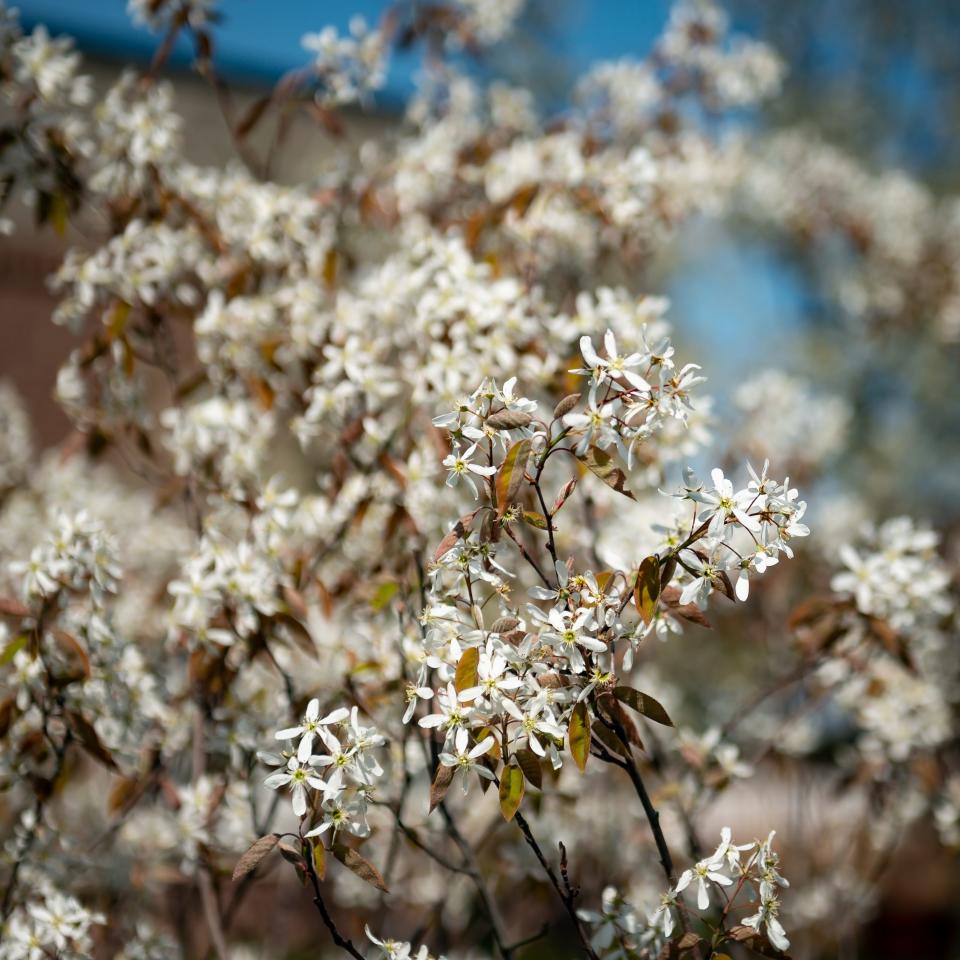
According to Cornell experts, maintaining tall grass reduces CO2 emissions by a total of 9,700 pounds per year.
“This advice will save you money, fuel, and yield multiple benefits including: reduction in greenhouse gas emission and potential increases in soil heath and capacity for carbon capture,” confirmed Linda Copman, founder of the Cornell Lab of Ornithology.
Is No Mow May the way to go? According to Quinn, not necessarily.
“It’s a nice idea and a step in the right direction but insufficient and potentially problematic,” said Quinn. “It’s far better to restore high quality native plant communities than simply not mowing a low plant diversity lawn dominated by nonnative plants with lower value to insects.”
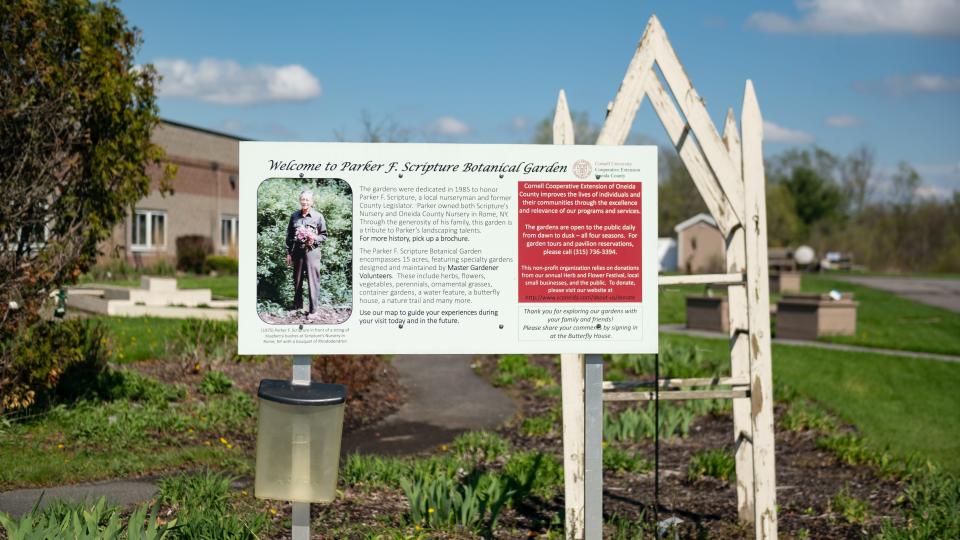
Native flora, fauna
When asked the best way to advocate for the bees Jacobson outlined a few tips.
“The best thing individuals can do is to garden and landscape with native plants,” said Jacobson. “Creating small patches of habitat makes a tangible difference. These connect to form larger habitats when communities come together for this purpose – planting outside public buildings, libraries, schools, businesses, homes, sidewalk medians, and more.”
Jacobson went on to suggest that when towns commit to pollinator-friendly initiatives they can build connective corridors of habitat across the county. She acknowledged that large-scale policy changes are needed to reduce and ban the use of harmful sprays, like neonicotinoids.
“The other easy thing we can do is to stop using pesticides in our yards,” underscored Jacobson. “Whether it's herbicides to get rid of weeds or insecticides meant to kill mosquitoes, wasps, or caterpillars. Those sprays kill pollinators. Instead we should practice and support sustainable harvesting; to rely on IPM (integrated pest management) and natural deterrents.”
For those looking to plant a native garden Jacobson suggested investing in plants that bloom sequentially across the growing season from April through October – commonly referred to as a method called bloom turnover.
“That way there are resources for each new group of pollinator species that emerges at different times,” explained Jacobson. “And it helps our bumblebees, who need a constant food source all season.”
Quinn listed a few staple plants for pollinators in Central NY: asters (Symphyotrichum and Eurybia spp.), goldenrods (Solidago and Euthamia spp.), milkweeds (Asclepias spp.), mountain-mints (Pycnanthemum spp.), bee balms (Monarda spp.), Joe-Pye weeds (Eutrochium spp.), brambles (Rubus spp.), willows (Salix spp.), cherries (Prunus spp.), native roses (Rosa spp.), dogwoods (Cornus spp.), and blueberries (Vaccinium spp.).
“Early spring and summer ephemeral wildflowers are the most important resources for pollinators,” added Quinn. “Heading into fall open areas like meadows become more important. Steadily throughout the season wetland plants like pickerel weed are also quite valuable.”
The more you know about agriculture the better you can tend to the pollinator species, claimed Quinn, since that’s their “realm of expertise.”
This article originally appeared on Observer-Dispatch: Exploring the importance of local pollinators in our ecosystem

